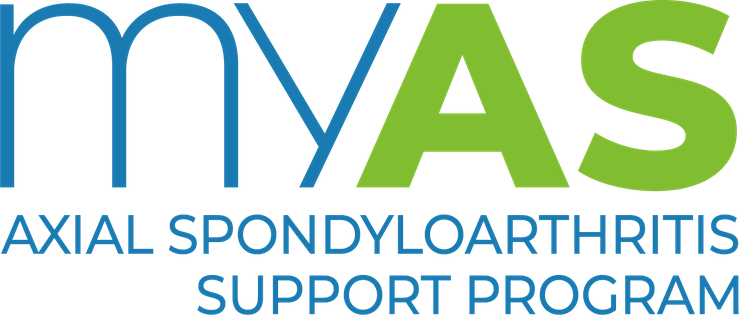
You have arthritis, your joints are sore and stiff and you may be fatigued. So why am I being referred to a psychologist? Does my doctor really think “it’s all in my head?”
The short answer is no. For people living with a chronic painful condition such as axSpA, you can develop natural, but unhelpful ways of coping (thoughts and/or behaviours) with your condition. If your rheumatologist or GP suspects that this may be occurring in your situation, they may refer you to a psychologist to help you change the way you cope with living with axSpA.
Cognitive behavioural therapy (CBT) is a form of talk therapy that helps people identify and develop skills to change negative thoughts and behaviours. By changing these negative thoughts and behaviours, you can change your awareness of pain and develop better coping skills, even if the actual level of pain stays the same.
In cognitive therapy, the psychologist helps you identify and correct any distorted, unhelpful beliefs. Behavioural therapy uses thought exercises or real experiences to help reduce symptoms and improve function. CBT is the combination of these two forms of therapy and uses a problem-solving approach to help you learn new skills or ways to manage with your pain and axSpA.
The effectiveness of CBT is well established. When you begin, the psychologist will evaluate your situation, including your history and your current pain management plan. The therapist will then work with you to design a specific treatment plan.
To help provide pain relief, cognitive behavioural therapy:
- Encourages a problem-solving attitude.
- Involves homework such as keeping a pain diary to track your thoughts and feelings associated with your pain throughout the day.
- Fosters life skills. The skills you will learn to cope with pain can also be used to cope with other stressful situations.
How to get started with CBT
Counsellors, psychologists and therapists can all provide CBT, either in one-on-one therapy sessions, small groups or online. Talk to your GP for further advice or visit the Australian Government's Head to Health website for a library of online programs that allow you to practice CBT in your own home.
How to get the most from CBT
To maximise the pain control power of CBT, do the following:
- Believe it will work. Some people who try CBT proceed with caution because they worry that their health care providers don’t believe that their pain is real. Realise that your doctor knows your axSpA pain is real and is referring you for CBT because it can help.
- Actively participate. Like many things, you will get out of CBT what you put into it.
- Complete the program. One issue with CBT is that people don’t always complete all aspects of the recommended program. For CBT to work you have to attend sessions, do your homework, and follow the activity plan.
- Practice new skills. Practice the new ways you learn to think and act in response to pain often. Practice will help you draw on your CBT skills automatically when you need them.
- Keep an open mind. If you have a persistent need to always be right or you can’t stand looking at things a different way, CBT may not work for you. You need to be able to see that there is an alternative way of looking at things that may be a better for you.
More information on ways to deal with pain is available in our dealing with pain resource.
This resource has been developed based on the best available evidence. A full list of references is available upon request.









